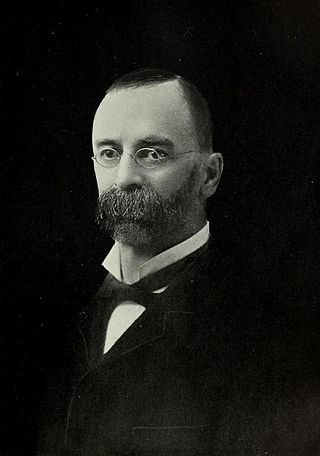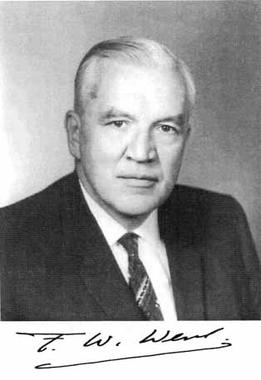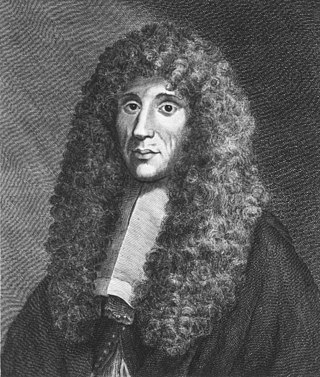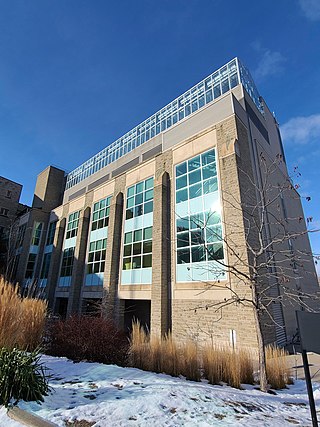
Laurel Blair Clark was a NASA astronaut, medical doctor, United States Navy captain, and Space Shuttle mission specialist. She died along with her six fellow crew members in the Space Shuttle Columbia disaster. Clark was posthumously awarded the Congressional Space Medal of Honor.

A life-support system is the combination of equipment that allows survival in an environment or situation that would not support that life in its absence. It is generally applied to systems supporting human life in situations where the outside environment is hostile, such as outer space or underwater, or medical situations where the health of the person is compromised to the extent that the risk of death would be high without the function of the equipment.

Stephen Moulton Babcock was an American agricultural chemist. He is best known for developing the Babcock test, used to determine butterfat content in milk and cheese processing, and for the single-grain experiment that led to the development of nutritional science as a recognized discipline.

A phytotron is an enclosed research greenhouse used for studying interactions between plants and the environment. It was a product of the disciplines of plant physiology and botany.
Controlledecological life-support systems are a self-supporting life support system for space stations and colonies typically through controlled closed ecological systems, such as the BioHome, BIOS-3, Biosphere 2, Mars Desert Research Station, and Yuegong-1.

Frits Warmolt Went was a Dutch biologist whose 1928 experiment demonstrated the existence of auxin in plants.

A biologist is a scientist who conducts research in biology. Biologists are interested in studying life on Earth, whether it is an individual cell, a multicellular organism, or a community of interacting populations. They usually specialize in a particular branch of biology and have a specific research focus.

The single-grain experiment was an experiment carried out at the University of Wisconsin–Madison from May 1907 to 1911. The experiment tested if cows could survive on a single type of grain. The experiment would lead to the development of modern nutritional science.
Ernst H. Krause was an American nuclear physicist and aerospace executive. He participated in early radar and rocketry research at the Naval Research Laboratory as the first chairman of the Upper Atmosphere Research Panel, working with Milton Rosen and succeeded by James Van Allen. His body of work includes experiments studying the upper atmosphere after World War II using captured V-2 rockets. From 1947 to 1951 he was involved in the first atomic testing at Enewetak Atoll in the Pacific, and later worked at the Lockheed Missiles and Space Company. In 1955 he started the Systems Research Corporation, which later became Ford Aerospace.

The Connecticut Agricultural Experiment Station (CAES) is the Connecticut state government's agricultural experiment station, a state government component that engages in scientific research and public outreach in agriculture and related fields. It is the oldest state experiment station in the United States, having been founded in 1875. Its official mission is to "develop, advance, and disseminate scientific knowledge, improve agricultural productivity and environmental quality, protect plants, and enhance human health and well-being through research for the benefit of Connecticut residents and the nation." The station operates a main research campus in New Haven, a research farm in Hamden, a satellite research facility and farm in Windsor, and a research farm in Griswold. The Storrs Agricultural Experiment Station is a separate agricultural research agency, founded in 1887 and part of the University of Connecticut, which also receives state and federal funding.

The University of Wisconsin Dairy Barn is a building located on the campus of the University of Wisconsin–Madison. Built in 1897, the building played an important role in the field of dairy science during the 20th century. It has been used both as a teaching facility and as a site for agricultural research. It is significant for its association with the single-grain experiment, performed from 1907 to 1911 by Stephen Babcock. The UW Dairy Barn was declared a National Historic Landmark in 2005.

Captain George Foote Bond was a United States Navy physician who was known as a leader in the field of undersea and hyperbaric medicine and the "Father of Saturation Diving".
The Pyrotron is a device designed to help firefighters better understand how to combat the rapid spread of bush fires in Australia.

The Vegetable Production System (Veggie) is a plant growth system developed and used by NASA in outer space environments. The purpose of Veggie is to provide a self-sufficient and sustainable food source for astronauts as well as a means of recreation and relaxation through therapeutic gardening. Veggie was designed in conjunction with ORBITEC and is currently being used aboard the International Space Station, with another Veggie module planned to be delivered to the ISS in 2017.
The Eggatron was a digital counter that recorded when an egg was laid in an effort to determine the most productive hens. The device was tested using battery cages at CSIRO's Poultry Research Centre at Werribee.
The Assimitron was a Japanese device uses to measure fluctuating CO2 levels at crop canopies. Led by E. Inoue at the National Institute of Agricultural Sciences in Tsukuba, Japan, the device itself was an offshoot of an earlier Australian invention, the Evapotron that first found mention in a 1958 article in the journal Nature. The Evaporimeter, as it was first called, was used to measure the evaporations from natural surfaces. As for the Assimitron, it “instantaneously” performed “the necessary calculations for determining water vapour flux by correlation of humidity fluctuations with vertical wind fluctuations.”. Such calculations required the use of a complex centralized computer to process the enormous quantities of data. Part of this stemmed from the need to perform two different equations to deal with turbulent and low flows, depending on whether it was a windy or sunny day.
The Algatron was a proposed and prototyped waste filtration and recycling system to be implemented on NASA missions. Designed and built by a pair of sanitary engineers at the University of California, Berkeley, William J. Oswald and Clarence Golueke, the Algatron relied on algae to provide carbon Dioxide absorption and oxygen generation as well as "microbiological waste conversion" for "humans sealed within an isolated capsule.". A working model was built by Oswald and Golueke in 1965 or 1966 under a contract by from the Air Force Cambridge Research Laboratories. Composed of two stacked cylinders lined with Algae, the cylinders would spin in opposite directions. With ports to allow sunlight in, nutrients were introduced via some overflow mechanism. Despite the promise that the Algatron represented, and the ways in which Oswald and Golueke "understood that the closed environment of the space capsule was itself just the a microcosm of the closed system of the earth's biosphere," the technology would never get past the prototype stage. NASA instead decided to go with fecal bags to deal with waste. The Russians developed a similar system, the BIOS-3, which got as far enough as a successful test run with human occupants in 1965.
The ISS U.S. National Lab, commonly known as the ISS National Lab, is a U.S. government-funded national laboratory established on 30 December 2005 by the 2005 NASA Authorization Act. With principal research facilities located in the United States Orbital Segment (USOS) of the International Space Station (ISS), the Laboratory conducts research in life sciences, physical sciences, technology development and remote sensing for a broad range of academic, government and commercial users. Of the 270 payloads that the Center for the Advancement of Science in Space (CASIS) has sent to the ISS, 176 have been for commercial companies including Merck & Co., Novartis, Eli Lilly and Company, Hewlett Packard Enterprise, Honeywell, and Procter & Gamble.

The Biotron Institute for Experimental Climate Change Research at Western University in London, Ontario is a facility constructed to simulate ecosystems and funded by the Canadian government to study how plants, microbes and insects sense and adjust to climate change. Its biome chambers allow control of temperature, humidity and sunlight so that scientists can simulate climatic zones from rainforests to Arctic tundra. This enables the study environmental science, biotech, materials and biomaterials in realistic environmental conditions while still in a controlled laboratory setting. The Biotron also trains students, including one of Western's winners of The Undergraduate Awards' Global Award.











